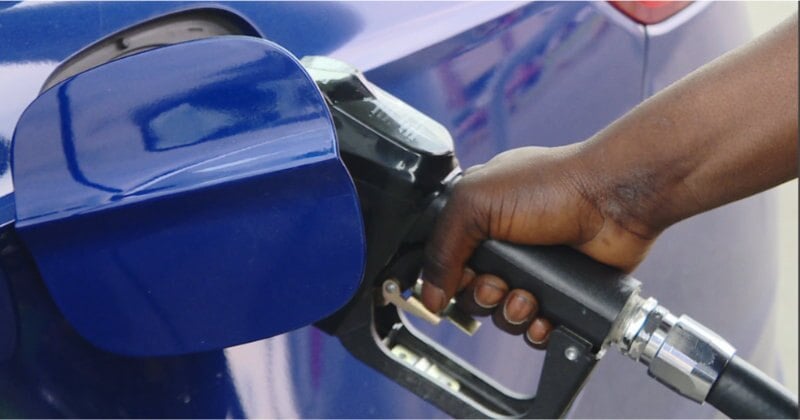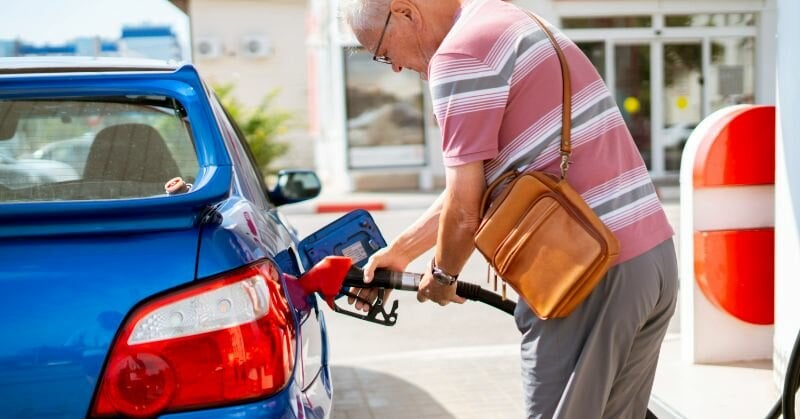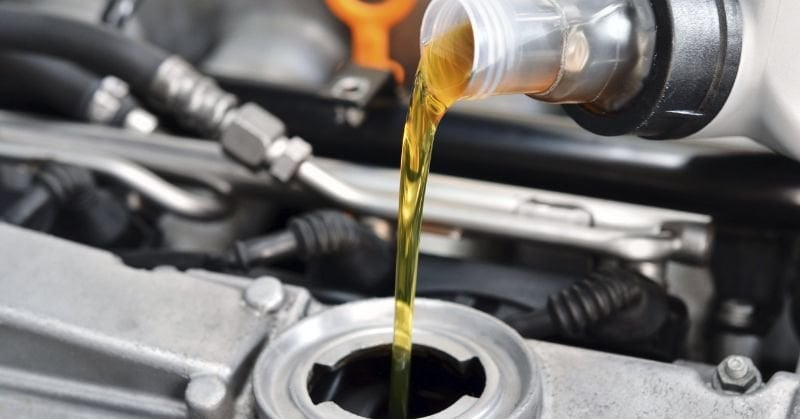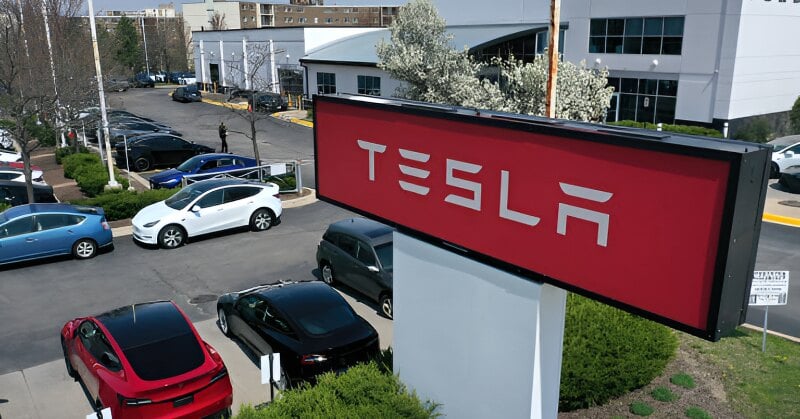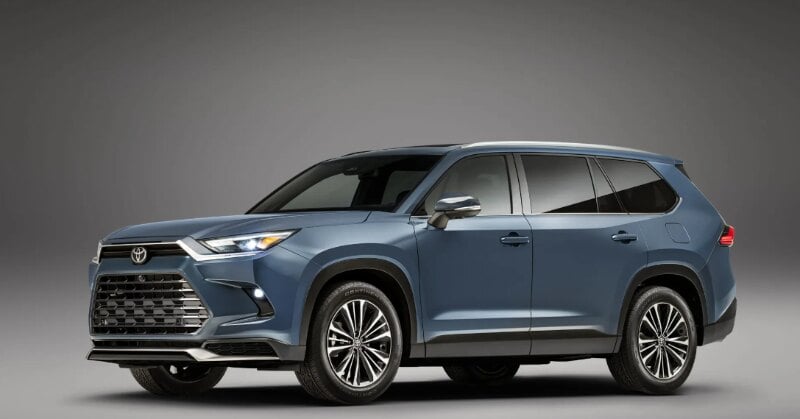In 2024, Americans are estimated to spend about $470.8 billion on gasoline, with the average household spending being approximately $2,471. Given these soaring costs, gas rebate cards have become a crucial tool for consumers looking to manage their fuel expenses more effectively.
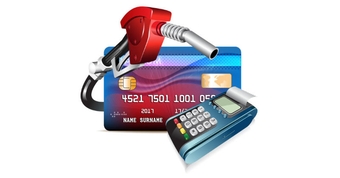
Types of Gas Credit Cards:
1. Co-branded Gas Cards
Co-branded gas cards partner with specific fuel brands and retailers, offering discounted per-gallon rates and other savings when you purchase gas or items inside their stations. The major advantage is the ability to save significantly over regular pump prices with high per-gallon discounts. Most co-branded cards also let you earn further rebates on non-gas purchases made at affiliated stations. However, a downside is that your gas savings are restricted to purchases made at the associated fuel retailer. If you don't live near certain partner stations or prefer having brand flexibility, co-branded gas cards may not be the best fit. For example, the Shell Fuel Rewards® Card provides 30¢ per gallon discounts on the first 5 Shell fuel purchases, then 10¢ per gallon savings thereafter. Additional perks include 10% rebates on other Shell purchases up to $1,200 annually. This card has no annual fee but does carry a 30.99% variable APR.
2. General Gas Rewards Cards
General gas rewards cards take a different approach by giving you cash back or points on gas fill-ups made at any station brand. This allows you to shop around for the best area pump prices while still earning rewards as you fuel up. These cards also tend to provide additional bonus categories like dining, travel, or online shopping for more opportunities to maximize rewards. The compromise is that the per-gallon rewards rates are typically lower compared to discounts offered through loyal co-branded gas cards. The Chase Freedom FlexSM is one popular option, currently offering new cardmembers $200 bonus cash back after $500 is spent in the first 3 months. You'll earn 5% back on quarterly categories like gas, 3% on dining and drug stores, and 1% on all other purchases. Introductory benefits also include 0% APR for the first 15 months. However, later the variable APR rises to between 20.49%-29.24%. This card charges no annual fee but does have a 3% foreign transaction fee.
Choosing the Right Gas Credit Card
When selecting a gas credit card, consider the following:
Rewards on Other Spending: Look for cards that offer bonus rewards not only on gas but also in other areas like dining or groceries.
Annual Fees: Check if the perks outweigh the cost of any annual fee.
Credit Score Requirements: Different cards have varying credit score requirements. Aim for a good-to-excellent credit score for better rewards and perks.
Estimated Savings with Gas Credit Cards
The savings from a gas credit card can vary. For example, with an average annual gasoline expenditure of $1,977, a 3% cash back card can save you about $60 per year . The actual savings will depend on the card's specific benefits and your fuel consumption.
Conclusion
Gas rebate cards are a valuable tool for managing gasoline expenses and can offer significant savings over time. By selecting a card that aligns with your spending habits and rewards preferences, you can effectively reduce your annual fuel costs while enjoying other benefits. Remember to review the card's details, including bonus mechanisms, APRs, annual fees, and required credit score, to choose the most suitable gas rebate card for your needs.
